The Black quarterback is now the NFL’s leading man. But at what cost?

Two years ago, under a cloudless sky in north central Louisiana, Doug Williams and Michael Vick met on the football field at Grambling University’s Eddie G Robinson Memorial Stadium to reflect on the NFL trail they helped blaze. In 1988 Williams led Washington past Denver in Super Bowl XXII, breaking fresh ground: he was the first Black quarterback to start in a Super Bowl and finished the game as MVP. In 2001 Vick was the top pick in the NFL draft. All were landmark firsts for Black quarterbacks – and they didn’t stop there.
“Look around this league now,” Williams told Vick in his stubborn Louisiana drawl. “I could be wrong, but in the next five to seven years? Half of the quarterbacks in this league gon’ be Black.” In his day Williams was famous for his deep shots – but he could well wind up three years long of this mark.
When the NFL regular-season began in September, Black quarterbacks made up a record 15 of the league’s 32 starters; that included three – Carolina’s Bryce Young, Houston’s CJ Stroud and Indianapolis’ Anthony Richardson – who were taken with the three of the first four picks in the 2023 draft. The historic milestones stamped the dawn of the Black quarterback era – a heady time that officially kicked off when Kansas City’s Patrick Mahomes met Philadelphia’s Jalen Hurts in the 2023 Super Bowl. Now the 29-year-old Mahomes, bidding for a third straight Super Bowl title, projects as the greatest QB of all time in the eyes of many – even though he’s only been starting for the past seven seasons. Dak Prescott, the league’s highest-paid player, is the face of the Dallas Cowboys, America’s team. Last year, Baltimore’s Lamar Jackson won his second league MVP. The Black quarterback is pro football’s leading man.
No longer does news of a Black quarterback being named a starter bring questions about whether the fanbase – or past that, America – is ready. He just takes the field. The game wasn’t always so straightforward; that much is made plain in a pair of recent projects examining the Black QB’s touchdown into the mainstream.
In The Great Black Hope, historian Louis Moore looks back at the 1979 regular-season clash between Chicago and Tampa Bay – the first to feature two opposing Black starting quarterbacks in Williams, the history maker, and Chicago’s Vince Evans, who was ultimately denied a fair chance to realize his potential. Moore, a professor at Grand Valley State University, digresses from the Chicago-Tampa game to examine the players and processes that yielded this change-making contest; CBS billed it as The Battle of the Bombers. Moore calls it “one of the most monumental contests in NFL history, a promissory note that one day things would change in the game and in society.”
Meanwhile, in a three-part Prime Video docuseries, Evolution of the Black Quarterback, Vick crisscrosses the US to consider the full sweep of this long arc of progress – from Willie Thrower, the NFL’s first Black QB, to 2023’s top pick, Young. It’s a story filtered through Vick’s lived experience, which edged from consequential to controversial and back again. In 2007, Vick saw his career interrupted after pleading guilty to his role in a dog fighting ring. After serving 21 months in federal prison and submitting to a protracted apology tour guided by the Humane Society, Vick reemerged in Philadelphia a more polished passer on the way to being named the comeback player of the year in 2010.
Vick’s impact, down to his turn on the Madden NFL video game cover as a one-man cheat code, never escapes the diverse array of quarterbacks he interviews for the series. “I was an oddity, I was a strange cat,” says Steve Young, the white, Mormon southpaw scrambler who carved out a Hall of Fame career with San Francisco. “But watching you play, it was like: ‘This is my tribe. These are my guys.’”
For as long as the forward pass has been a staple of football strategy, there have been questions about whether a Black man could throw it. Black quarterbacks were written off as mentally inferior and, most often, redeployed as defense backs. In Evolution, Deion Sanders – the Hall of Fame cornerback turned college football head coach – reveals he played quarterback in high school before he was forced into a defensive conversion at Florida State. For most of NFL history, the league’s football knowers betrayed little imagination, outright dismissing Black passers’ prevailing knack as throwers and scramblers – “a loaded term,” Moore writes. They were accorded slim margin for error relative to white pocket passers who ran the plays as drawn up, for better or worse. While the white decision makers, media and fans found it easy to overlook pro football’s intractable racial bias, Black fans couldn’t see past it.
The first episode of Evolution includes a sketch from Richard Pryor’s 1977 TV variety show in which he stars as the US President. At the time the idea of a Black commander-in-chief was as far-fetched as a Black QB who gets the keys to an NFL franchise, so it figured that Pryor would join the dots:
“I wanna know whatchu gon do about having more Black brothers as quarterbacks in the National Football Honky League,” a militant from Ebony magazine asks in the sketch.
“I plan to not only have lots of Black quarterbacks,” Pryor started, “but we gon have Black coaches and Black owners of teams. As long as there’s gon be football, [there’s] gon be some black in it somewhere. Because I’m tired of this mess that’s been going down. Ever since the Rams got rid of James Harris, my jaw’s been uptight – you know what I’m talkin bout? We gon get down on the case now.”
But where Black coaches and executives are still fighting for space in the NFL despite proving no worse than their white peers, and Black ownership is a tiny and largely uninfluential club dominated by Magic Johnson, Lewis Hamilton and other well-to-do sports figures, Black quarterbacks are undeniable. The modern NFL game favors passers who throw and run – and doesn’t discriminate when it comes to the skin color of these QBs. “I remember turning the PlayStation on and seeing the cover athlete on the screen and being like, I wanna be that guy. I wanna be [Vick],” says Buffalo Bills quarterback Josh Allen, the white double threat QB who covers the 2024 edition of the Madden video game. “I wore your cleats in Pop Warner.”
When Black quarterbacks were first becoming accepted as starters, teams would often have a white quarterback as a backup, just to reassure some sections of their fanbase “traditions” were being upheld. But now, the commitment to the post-racial style of play runs so deep that teams sign Black QBs to supplement Black starters and give them plenty of runway to fly or crash – an approach that was validated when Andy Reid, the dean of NFL coaches, signed Vick out of prison to support Philadelphia Eagles starter Donovan McNabb. Players like Tyrod Taylor and Tyler Huntley live a reality their forebears could have only dreamed of: Black QBs who have forged long – and lucrative – careers as veteran backups. On his media tour to promote the docuseries, Vick has been at pains to credit the modern NFL as a benevolent force for progressive ideals. But his pioneering interview subjects in Evolution never fail to remind the viewer of the tremendous individual efforts it took to reach this point.
Vick’s college reunion with Williams was fraught with significance, which doesn’t translate as well on screen as it does in Moore’s book. A historically Black college, Grambling State University did more than any institution to make the Black quarterback an American staple. In Great Black Hope, Moore recalls how coach Eddie Robinson committed to developing a quarterback for the NFL, ditching his run-option schemes for a more pro-style passing offense predicated on timed routes that required QBs to read the breadth of the field. He recruited former pros on to his coaching staff to drill the rudiments and nuances of the position – and succeeded. Before Williams, a classic pocket passer, Grambling produced Harris – the Pryor favorite who guided the Rams to the 1974 NFC Championship on the way to becoming the first Black QB ever named MVP of the Pro Bowl. The game doesn’t get to where it is today without Robinson, who died in 2007.
But even as Black quarterbacks have gained acceptance into the most symbolic leadership position in American sports, some things had to give in the bargain. Black quarterbacks backpedal from going full LeBron James and using their lofty platform to call out institutional racism in and around their sport, lest they offend their billionaire white bosses, turn off fans and end up banished from the league alongside Colin Kaepernick. (“It’s hard when you don’t get to go out on your own terms,” Kaepernick tells Vick.) University of Nebraska quarterback Dylan Raiola, who is of Italian and Polynesian descent, pushes taste to the extreme with his sartorial cosplay of Mahomes.
Even Vick seems to shrink from his legacy as the NFL’s ceiling-shattering Black quarterback, not least because there are animal lovers who haven’t forgiven him for launching Bad Newz Kennels. While Vick continues to be villainized through a racial lens, Brett Favre maintains hero status despite his multiple controversies. It turns out QB privilege doesn’t cut both ways.
In his sit-down with Vick, Williams takes pride in the fact that the word “Black” isn’t used as a modifier for Black quarterbacks any more. “Now you just have a chance to watch ‘em play,” Williams says. The Black quarterback isn’t a lone revolutionary any more. He’s the league face born from a decades-long push toward conformity – for better or, perhaps, worse.
Related
Lamar Jackson’s Super Bowl wait continues as ‘tired’ Baltimore Ravens…
The Super Bowl agony goes on for Lamar Jackson and the Baltimore Ravens as they are forced to stomach another tale of heartbreak t
Biggest winners and losers from Sunday’s Divisional Round NFL playoff…
Winners 1) Josh Allen: Whether he is voted the league's MVP or not, Allen is a singular, blunt force for the Bills. He bulled his way into the end z
NFL play-off results: Philadelphia Eagles hold on to beat Los…
The Philadelphia Eagles moved to within one game of the Super Bowl after holding on for a thrilling win in the snow against the Los Angeles Rams.The Eagles look
Los Angeles Rams 22-28 Philadelphia Eagles: Saquon Barkley stars in…
Saquon Barkley sizzled in the snow as the Philadelphia Eagles survived a late scare to beat the Los Angeles Rams 28-22 in pictures

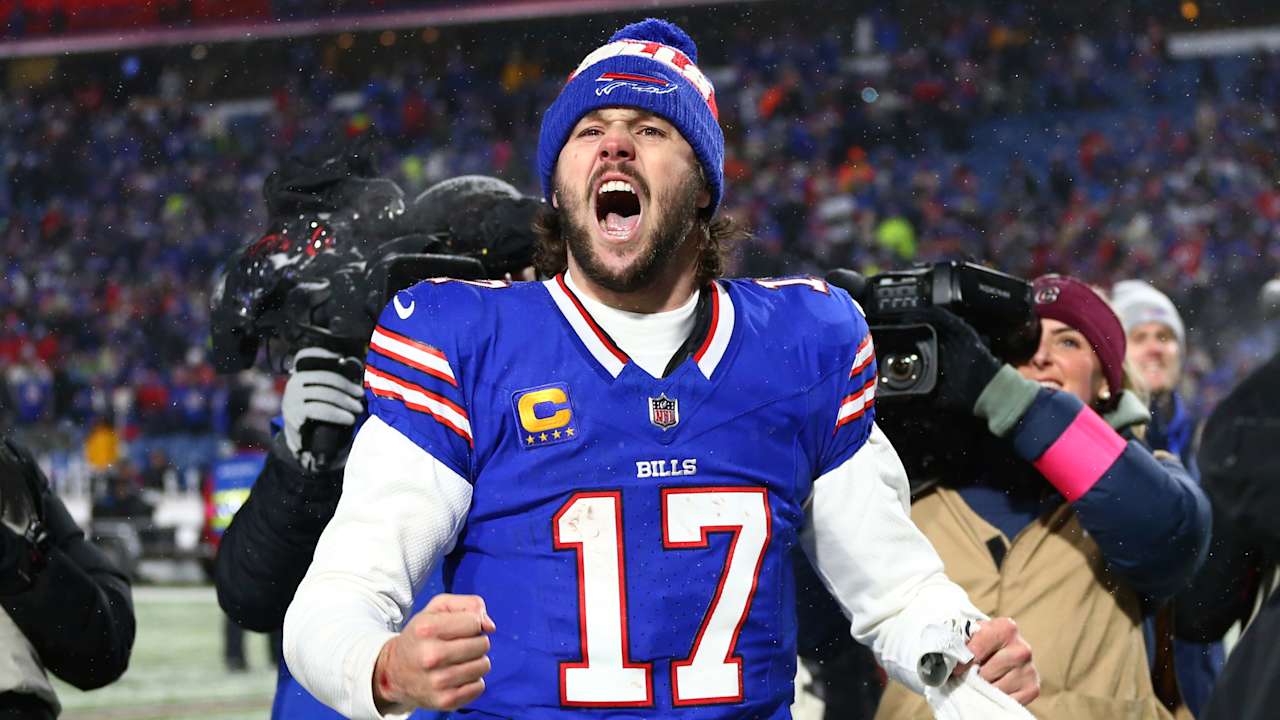
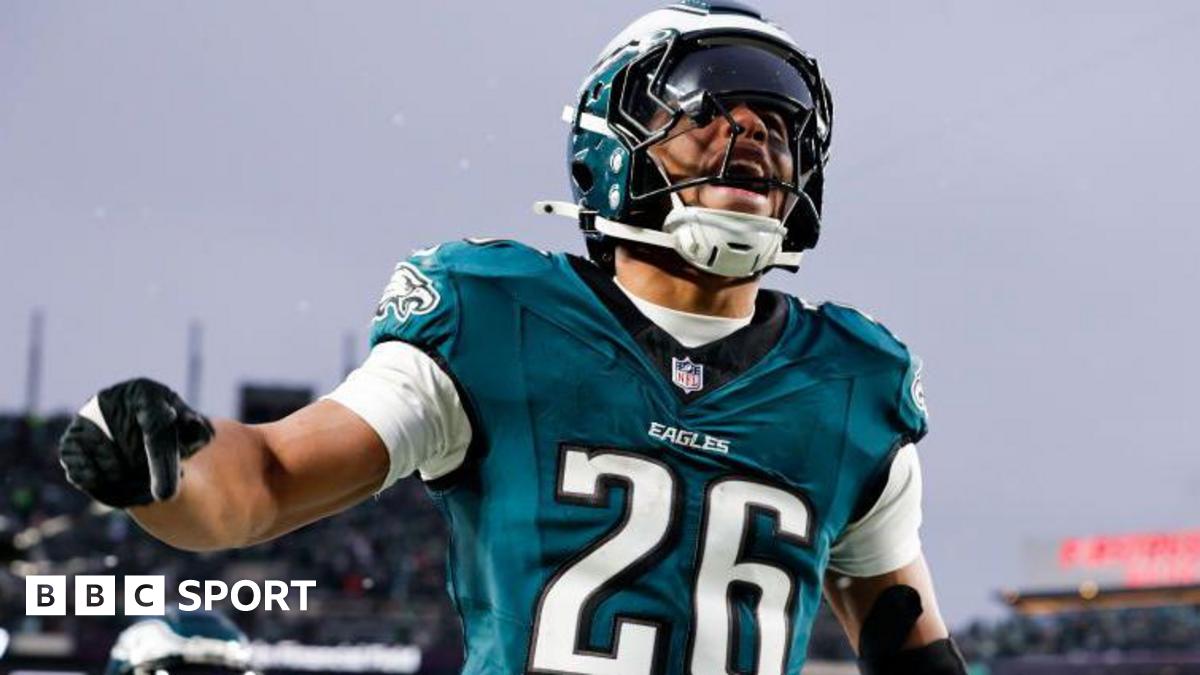

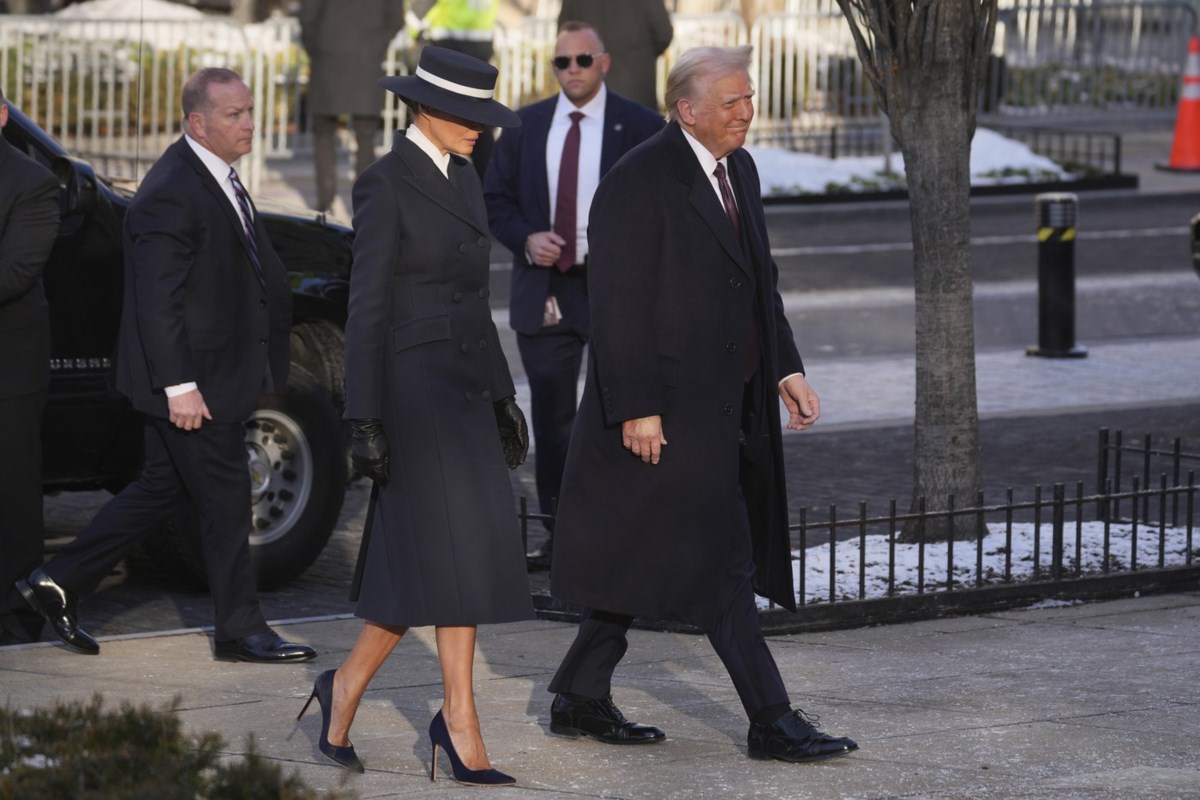


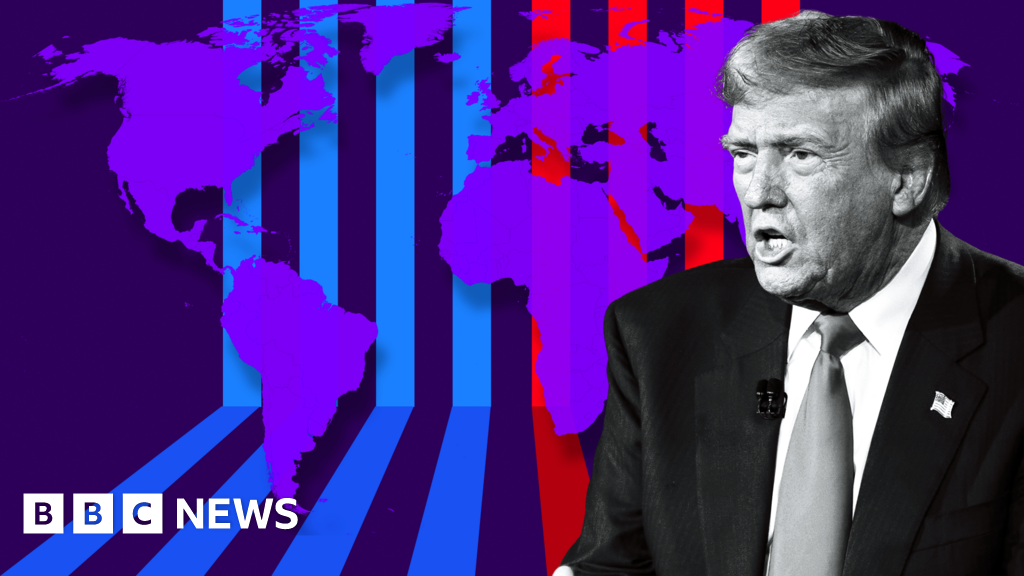
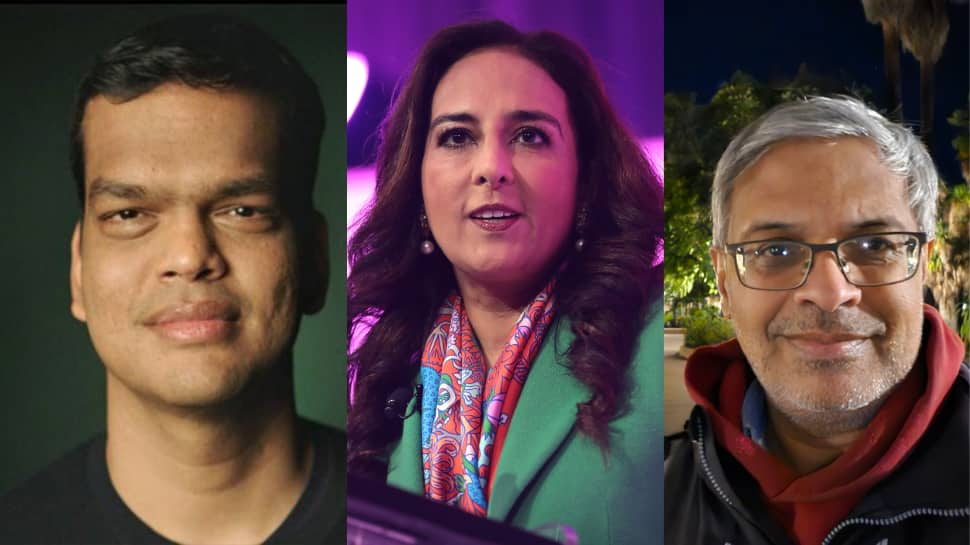
)


